How to Hunt Grouse: 12 Basic Tips & Tricks
Last Updated on
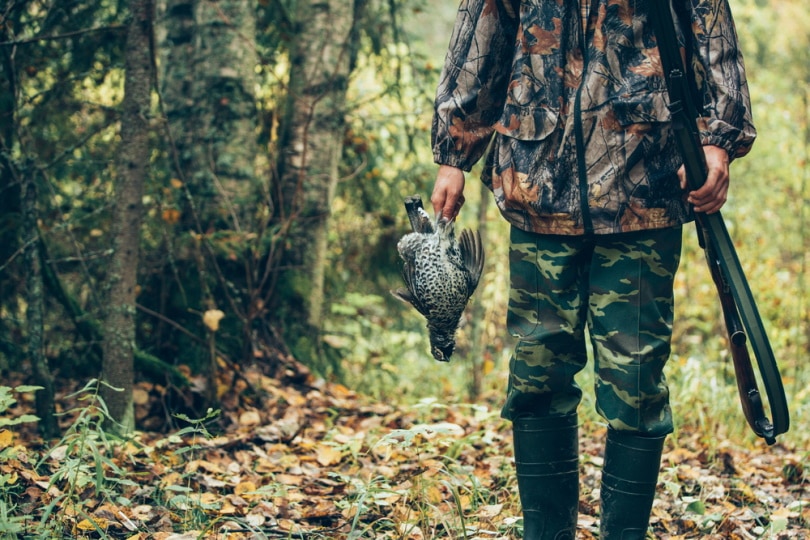
Once fall rolls around, it’s primetime for grouse hunting. These are extremely fun yet challenging birds to bring down.
But if you follow these basic tips and tricks, you can catapult yourself to success and bring down a few grouse in no time! Read on to increase your chance of a successful hunt.

How to Hunt Grouse – 12 Basic Tips & Tricks
If you’re hunting grouse, the more of these tips you follow, the higher your chance of success!
1. Learn to Recognize Grouse Cover

If you want to hunt grouse successfully, you need to know how to identify grouse cover. That way, you can spot the birds, flush them out, then shoot them from the sky.
Every time you spot a grouse, take note of what’s around. When you start to see a pattern, you’ll know where your local grouse like to hang out, and you’ll have much better luck hunting them in the future.
2. Follow the Food Trail

Grouse eat hundreds of different types of food. This can make it a challenge to know where to look, but once you catch a few, check out what they were eating. It’ll give you a clue as to where the next grouse might be hiding.
3. Keep a Log
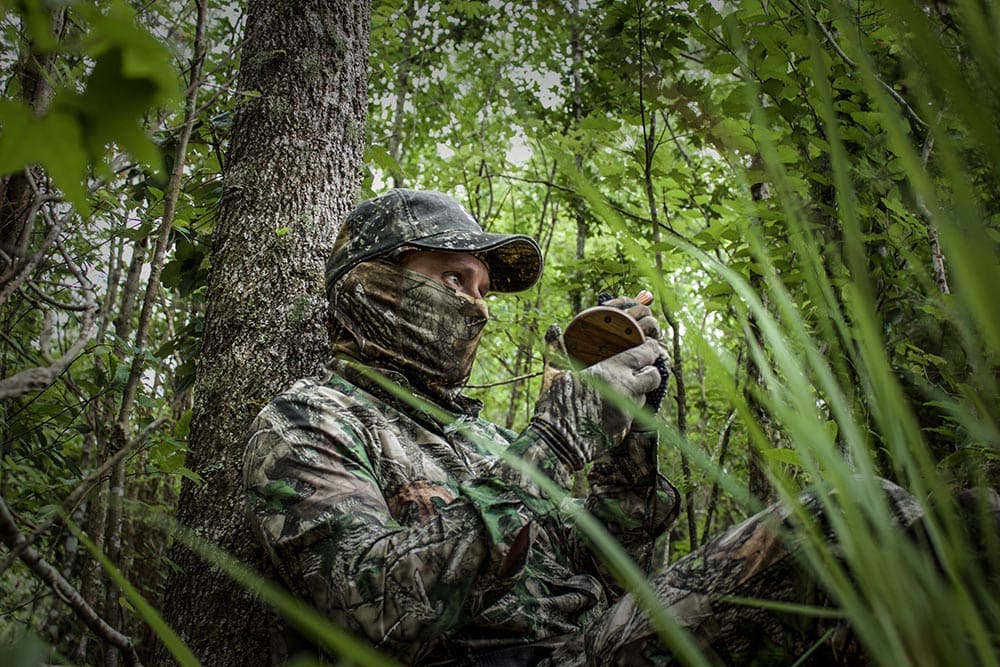
Keep a detailed log of everything that happens when you’re out, and after a few trips, read through it.
It’ll help you keep track of patterns, and when you come back next season, you’ll have a better idea of what to look for and where to start. Over the years, your log will grow, and you’ll know right where to go every time you head out for a grouse hunt!
4. Practice Shooting
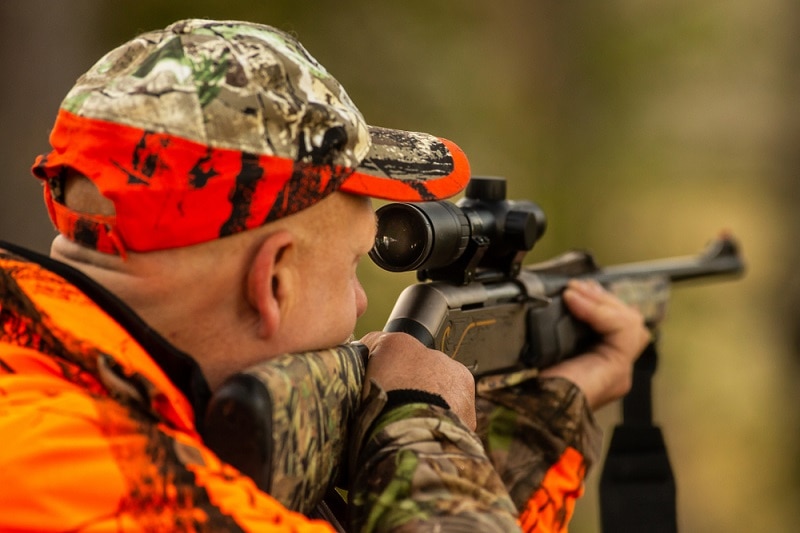
You’re not going to make every shot, which is fine, but the more practice you get, the more successful you’ll be. This is especially true if you practice during the offseason, so you’re not rusty the first time you flush a grouse.
Even if you’re not rusty, practice leads to more successful hunts and fewer misses in the field.
5. Take Your Shot
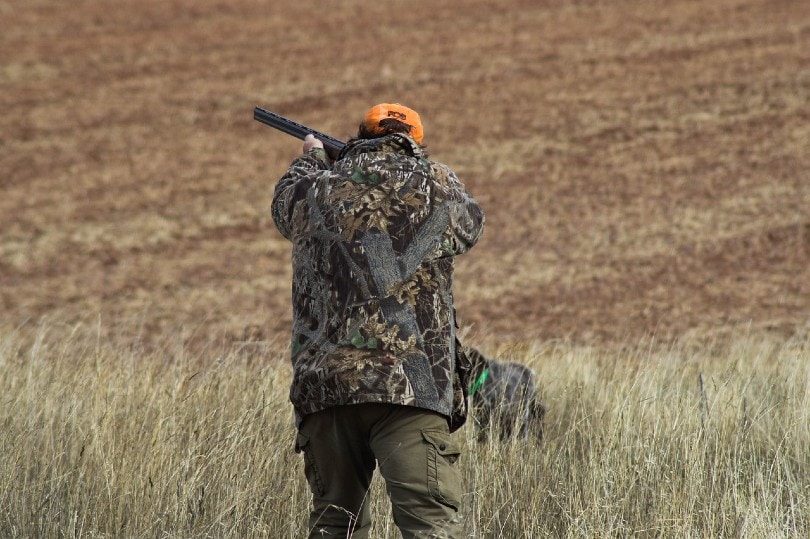
You miss 100% of the shots that you don’t take. It’s not always going to be the perfect angle and easiest shot, but try it, anyway. Sometimes you’ll get lucky, and that’s one more grouse than you were expecting!
6. Keep Your Lanes Open
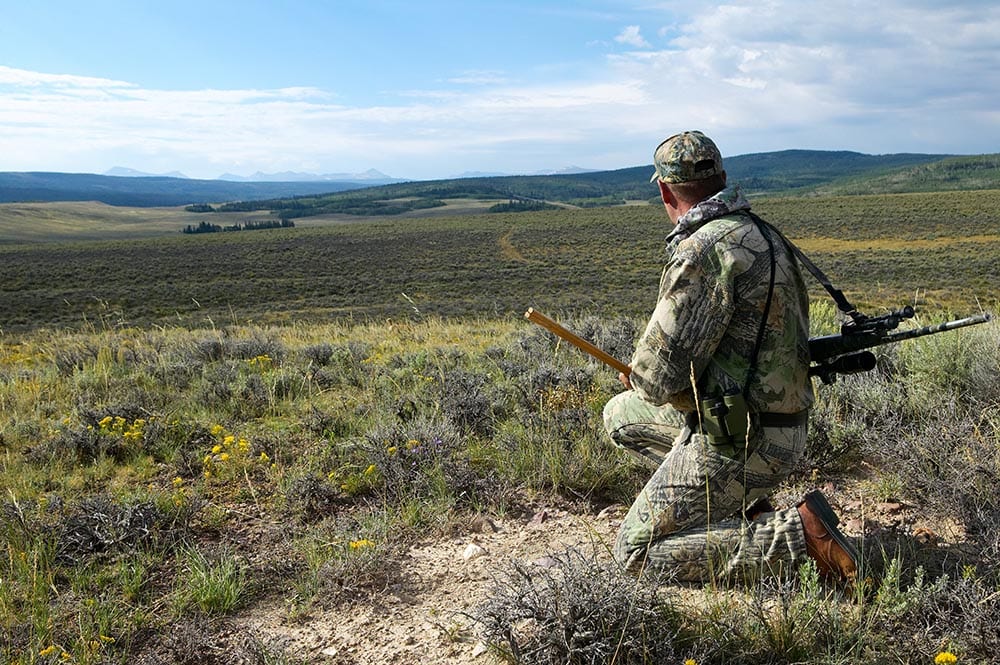
While you might have to make a few tough shots every once in a while, you’ll have more successful hunts if you have an open shooting lane that makes things easier.
If you have an idea of where the grouse are hiding, keep the lanes between you and the birds open. If they flush out while you’re standing behind a tree, you’re not going to have a shot, which means traveling more ground to try again.
7. Train Your Pooch!
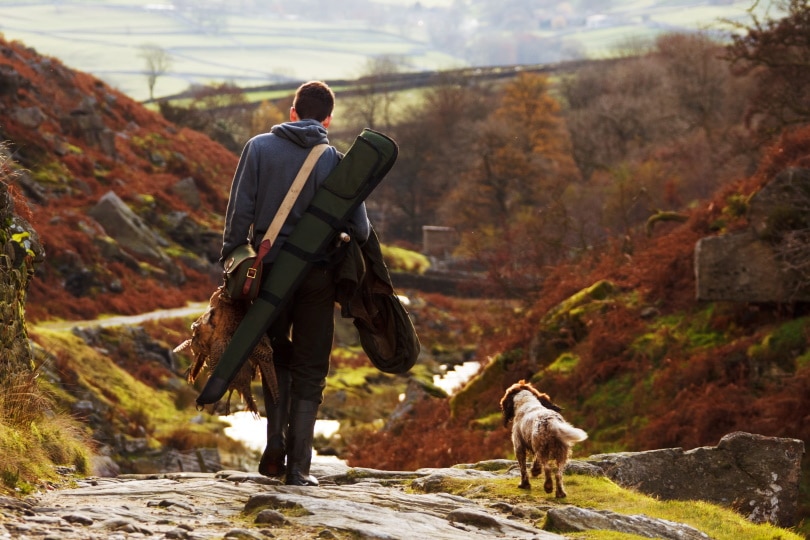
While you don’t need to hunt grouse with a dog, there’s no denying that it’s far easier if you do have one. You get to set up, have your dog flush out the bird, and take your shot, and then your pup brings the bird back to you.
If you get a properly trained hunting dog, you’ll catch far more grouse than if you try it on your own.
8. Go Against the Wind
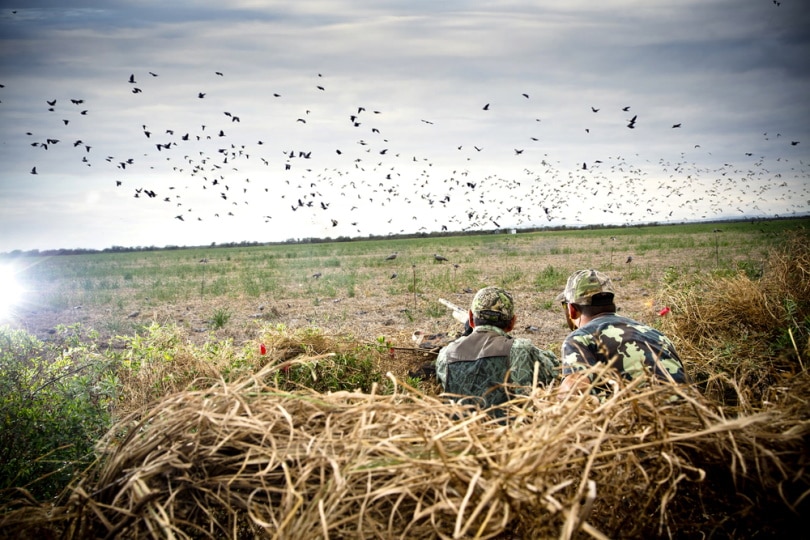
Dogs have an outstanding sense of smell, and if you’re hunting with the wind at your back, you’re completely misusing that advantage.
If you’re hunting against the wind, it will carry the scent of grouse to your dog, making it much easier for them to track them down from farther away. Use your dog to your advantage and hunt against the wind.
9. Hunt When It’s Dry
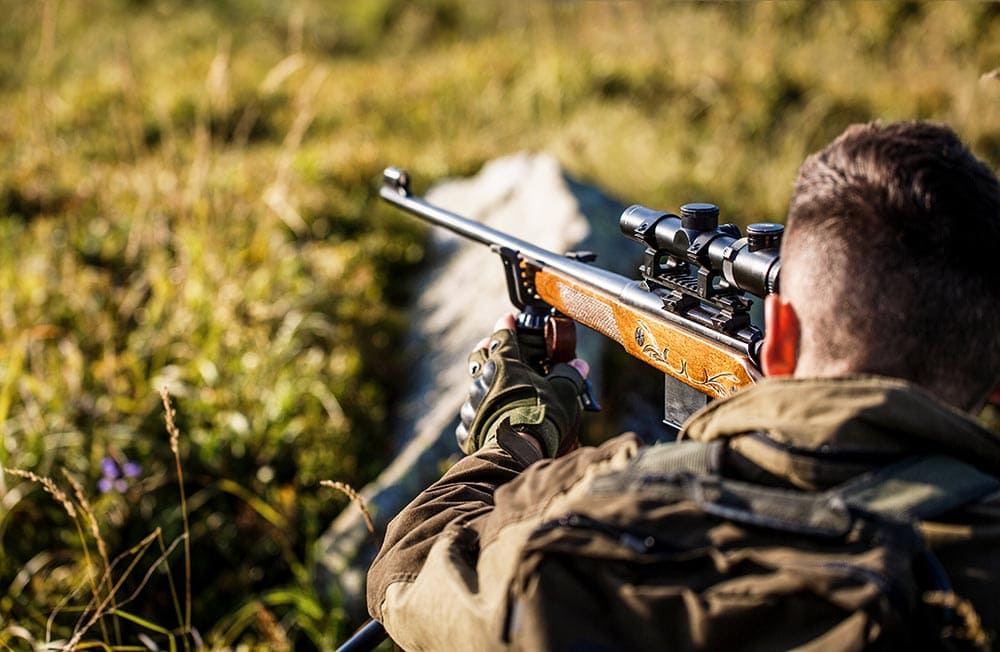
If you’re tramping through the field and finding that your shoes and pants keep getting wet from dew, there’s a good chance that your grouse hunting isn’t going to be successful. Grouse don’t like to fly with wet feathers, making them far less active.
However, when conditions are dry, they go out more, making them easier to spot, track down, and eventually shoot.
10. Hunt at Sunrise and Sunset

During the hottest part of the day, the last thing that a grouse wants to do is expend energy moving around. Therefore, they lounge around during the day and are most active at sunrise and sunset.
When you’re trying to hunt them, you should go when they’re most active. Sunrise and sunset are the perfect opportunities and will likely be when you have the most success.
11. Use the Right Gear
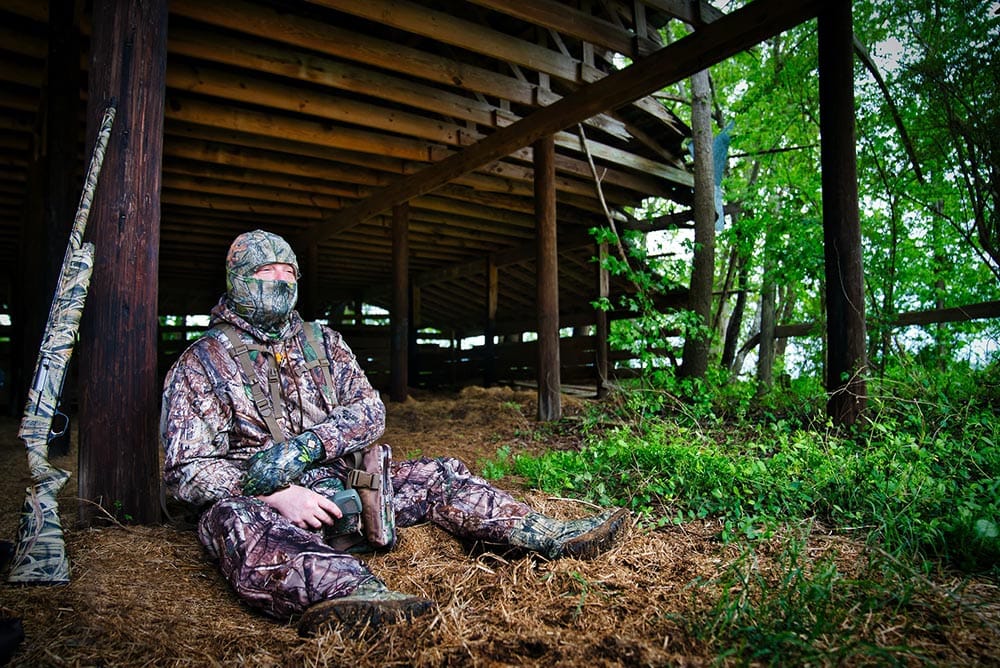
Using the right gear is a big part of being successful when you’re trying to shoot a grouse. Go with a 12-, 16-, or 20-gauge shotgun, and make sure you can quickly move it from place to place to make your shot.
For ammo, you want 2.75-inch shotshell ammo filled with 7.5 shot. This is an excellent ammo choice for grouse hunting because it sprays the rounds out wide. You’ll typically shoot a grouse within 15 yards, and it won’t take much to bring them down.
Finally, anytime you’re out hunting, you need to have all your safety gear. This includes safety glasses, a hunting vest, brush pants, hunting boots, and a compass. Also, don’t forget essentials, like water for both you and your dog!
12. If at First, You Don’t Succeed …
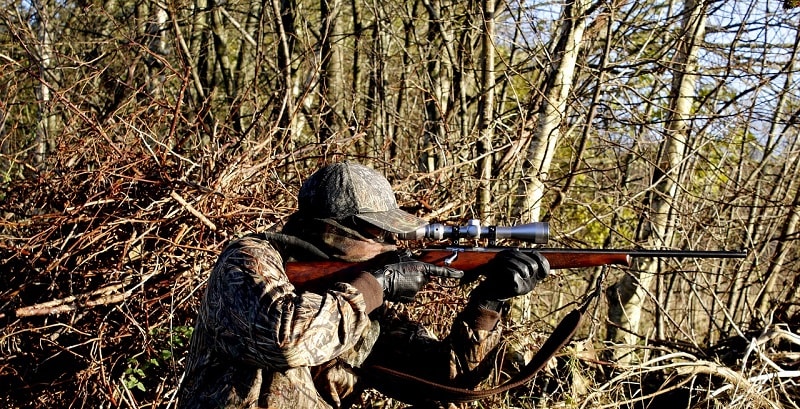
There are so many ways to take this advice, and they’re all right. If you don’t catch a grouse the first time that you head out, try it again. If you miss your shot and see where the grouse resettles, go flush them again.
Stay persistent and keep trying, and eventually, you’ll get a few grouse. You’ll also be learning lessons about what does and doesn’t work along the way!

Final Thoughts
Hunting grouse can be a blast, but if you don’t take your time and stay persistent, it can easily be a frustrating sport. Hopefully, after reading through this guide, you’re better positioned to have a successful hunt!
Featured Image Credit: Scharfsinn, Shutterstock
Table of Contents
About the Author Robert Sparks
Robert’s obsession with all things optical started early in life, when his optician father would bring home prototypes for Robert to play with. Nowadays, Robert is dedicated to helping others find the right optics for their needs. His hobbies include astronomy, astrophysics, and model building. Originally from Newark, NJ, he resides in Santa Fe, New Mexico, where the nighttime skies are filled with glittering stars.
Related Articles:
How to Collimate Binoculars: 9 Expert Tips
How to Clean a Rifle Scope: 8 Expert Tips
How to Choose Binoculars for Bird Watching: 10 Expert Tips
How to Clean a Refractor Telescope: Step-by-Step Guide
How to Clean a Telescope Eyepiece: Step-by-Step Guide
Monocular vs Telescope: Differences Explained (With Pictures)
What Is a Monocular Used For? 8 Common Functions
How to Clean a Telescope Mirror: 8 Expert Tips
